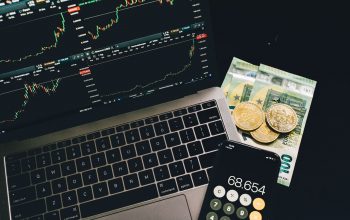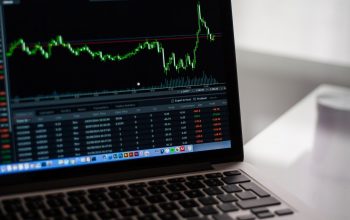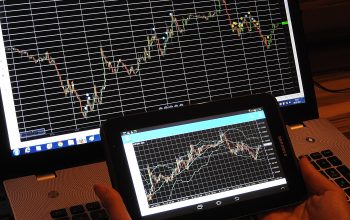It isn’t necessarily bad, but neither is it inherently good. High volume allows traders to move more significant amounts of capital more efficiently.
Still, the risk is also higher because prices can be very volatile on high volume days, especially with smaller cap coins (meaning the coin has minor trading happening).
Risks
The risk with high volume is that you can lose a lot of money if the market moves against your position.
However, the high volume also opens up many possibilities for dealing in large orders and thus making a profit from more significant price movements.
Crypto markets are still relatively new and aren’t as correlated with traditional markets as equities or forex.
It means that the relationship between high volume days and positive price movements isn’t guaranteed.
Still, it can be beneficial to look at historical data for correlations to understand how your portfolio will behave with high volume days.
Trading large amounts on low volume coins is very risky because you could end up buying or selling when there are no other traders interested in the same price range.
The only benefit of finding a low volume coin is that you can move prices more easily.
High volume coins are usually the most prominent players in the market. Many exchanges choose to list these coins because they have trading volumes of several million dollars per day, which means these are high credibility coins to traders.
But to get enough volume for markets, they need to be liquid. But the problem is that this creates an environment where bad actors can pump and dump or artificially inflate prices in these coins.
Controlling scammers
The cryptocurrency market doesn’t have many tools to control scammers like the SEC’s Regulation SHO (though some exchanges do have partial regulations in place).
The closest thing we have to regulation is the 24-hour rule, which limits the number of coins you can buy on margin to only ones that have been traded within the last day. It helps prevent pump and dump schemes from moving prices too much because there isn’t enough time to happen.
With high volume comes many benefits for the savvy trader. The price swings are large, which increases the number of opportunities to trade around that volatility.
For example, if you have a strong view on the direction of BTC but think it will remain range bound over the next few days, you might try trading ETH or another altcoin with large movements to make more profit than you would with BTC.
Volatility
High volume can come with many downsides, though. Because the markets are so volatile, you might lose your money very quickly or even miss an opportunity because you didn’t act fast enough because the price moved too quickly for you to get in.
For this reason, it is essential to use small amounts when trying out new strategies with high volume. It will allow you to test things out without risking too much capital at once.
High volumes also lead to higher transaction fees if you move the coins yourself because exchanges usually prioritize higher-paid transactions in their mem pools first.
Higher transaction fees will eat into your profits if you are trading in small amounts, so it might be beneficial to only trade already cheap coins until you understand how the markets work.
If you are trading more significant amounts, this won’t matter much because high volume usually comes with higher liquidity which causes the spreads to be minimal between exchanges, meaning that fees tend toward zero.
There is no correct answer about whether the high volume is suitable for cryptocurrency.
The advantage is that it increases the number of opportunities available to profit, but the disadvantages can offset this if you don’t know what you are doing.
With high liquidity comes increased risks (prices could move much faster than expected), higher fees (to transact more significant amounts) and many more opportunities for scams (pump and dumps, for example).
On the other hand, small amounts can potentially lead to losses in profits because of spreads between exchanges with high liquidity.
It means it might be better only to trade already low-cap coins until you get more experience in trading.







